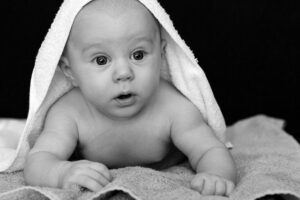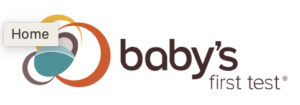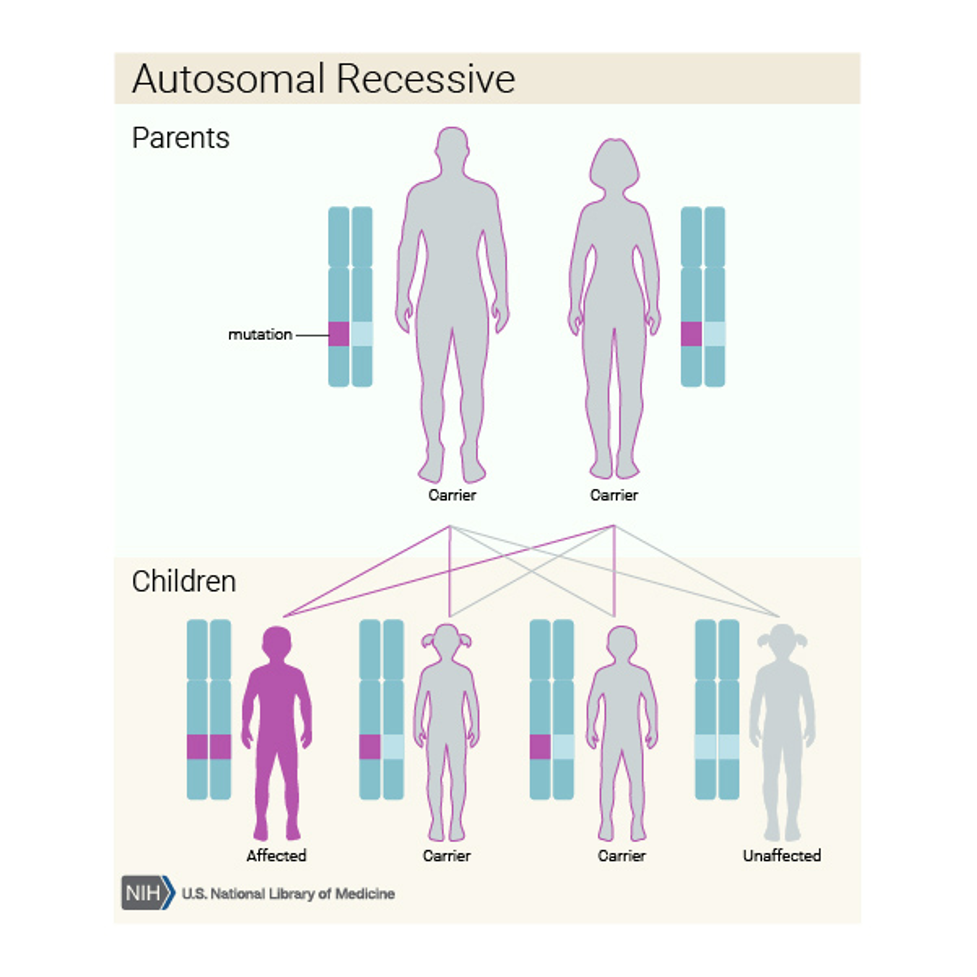Diagnosis of CTX
CTX is diagnosed by a combination of clinical features, and biochemical and genetic testing. Doctors test for specific metabolites in urine (bile alcohols) and blood (cholestanol and bile acid intermediates). Additionally, they will use sequencing and deletion analysis of the gene CYP27A1. Genetic testing can be done on either blood samples or by collection of genetic material from the saliva or cheek.
Is CTX an Inherited Disease?
CTX is inherited in an autosomal recessive pattern, which means deleterious gene variants are present for both copies of the CTYP27A1 gene in each cell of an affected individual. The parents of an individual with an autosomal recessive condition each carry one copy of a deleterious gene variant, but they typically do not show signs and symptoms of the condition because their one working copy of the gene is sufficient to prevent accumulation of toxic metabolites. Genetic counseling is recommended for affected families and individuals. If the results of genetic testing are unclear, then biochemical testing is helpful to confirm the biochemical defect is present.
Newborn Screening for CTX
 Newborn screening is an evolving public health system that varies throughout the country due to several factors, including laws of each state, financial costs of screening, frequency of the disorder in the state, availability of treatments and follow-up for each condition, and the funding sources for the state newborn screening program. Most state screening programs screen for disorders on the federally recommended uniform screening panel of disorders screened for in newborns (RUSP).
Newborn screening is an evolving public health system that varies throughout the country due to several factors, including laws of each state, financial costs of screening, frequency of the disorder in the state, availability of treatments and follow-up for each condition, and the funding sources for the state newborn screening program. Most state screening programs screen for disorders on the federally recommended uniform screening panel of disorders screened for in newborns (RUSP).
Currently, CTX is not on the RUSP, and newborn screening for CTX isn’t routinely being performed by any state, although this is an active area of study.
Newborn screening is performed soon after the birth, and in most cases, while mom and baby are still in the hospital. Families who are aware that a leukodystrophy is in their family’s medical history should speak with a genetic counselor to see what tests can be done prenatally or ensure that testing is done as soon as possible after the baby is born.
Over the past several years, the United Leukodystrophy Foundation (ULF) community has actively participated in lobbying for leukodystrophy newborn screening. Because there are so many different leukodystrophies with different diagnostic tests, it is not currently possible to screen for most of them. The newborn screening tests which are done for a child born in the United States are decided on a state-by-state basis.
 Check out the BabysFirstTest.org website for more details about testing or contact the ULF if you are interested in sending a letter to your local government representative advocating for leukodystrophy-focused newborn screenings for your state.
Check out the BabysFirstTest.org website for more details about testing or contact the ULF if you are interested in sending a letter to your local government representative advocating for leukodystrophy-focused newborn screenings for your state.
References:
Medlineplus.gov
NIH.gov


